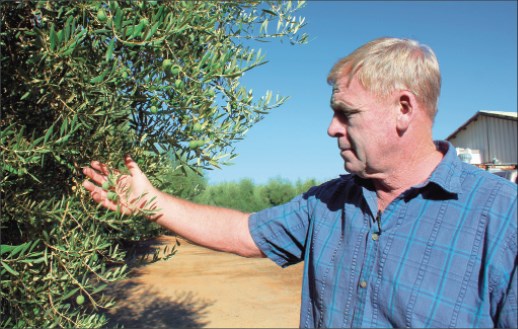Farm Beat: Farmers can sell near and far
Source: John Holland; The Modesto Bee
At one event next month, food producers can learn about exporting to China, South Korea and Southeast Asia. At another, they can learn about selling to school cafeterias close to home.
A Sept. 10 trade show, A Taste of California, will bring Asian food buyers to Fresno to see what the state has to offer in the way of fruits, vegetables and other goods. The Ceres Chamber of Commerce is a partner in the event and invites producers in Stanislaus County to take part.
On Sept. 19, the third annual Northern California Farm to School Conference will take place at the Stanislaus County Agricultural Center. It will deal with how to get local food onto schoolkids’ plates, along with educational activities related to farming.
The close timing of the events highlights the dual nature of food production in the San Joaquin Valley.
On the one hand, growers and processors serve local markets. This was by necessity in the days before trucking and refrigeration. Now it’s by choice for people who like to eat truly fresh food and to support nearby farmers.
On the other hand, exports play a key role in keeping Valley agriculture thriving. The majority of our almonds and walnuts go to other nations. Industries that mostly sell domestically – dairy, wine, canned tomatoes and others – count on foreign sales to boost their income.
Last week, Stanislaus County reported that its gross farm income hit a record $3.66 billion in 2013. Most of it was from U.S. buyers, but the report also touched on exports. A total of 133 commodities were shipped to 102 countries. Dollar figures were not broken out, but it’s safe to say that plenty of foreign money entered the local economy and sustained many jobs.
The Fresno show offers ways to boost the trade even more. The tickets are pricey, at $250 or $500, but they could be worthwhile if food producers score new markets abroad.
“We are so excited to be a part of this international event,” said Renee Ledbetter, president of the Ceres chamber, in a news release. “We recognize this as a great opportunity not only to help promote Ceres producers and exporters, but to promote food and ag businesses throughout Stanislaus County.”
The organizers said the Asian buyers want to see a variety of products, including dried fruits and nuts, processed produce items, frozen foods, confections, beverages, spices, sauces, jams, breads, grains and pastas.
The delegation will go to similar events next month in Oakland and Los Angeles. They are put on by the California Centers for International Trade Development in collaboration with the state Department of Food and Agriculture.
The farm-to-school event also could open new markets for farmers and processors in the Valley. It is part of one movement that seeks to make school meals healthier and another that aims to connect consumers with farmers and reduce hauling costs.
And there’s an extra treat on the agenda that day – a cooking contest modeled on the “Iron Chef” television show.

















